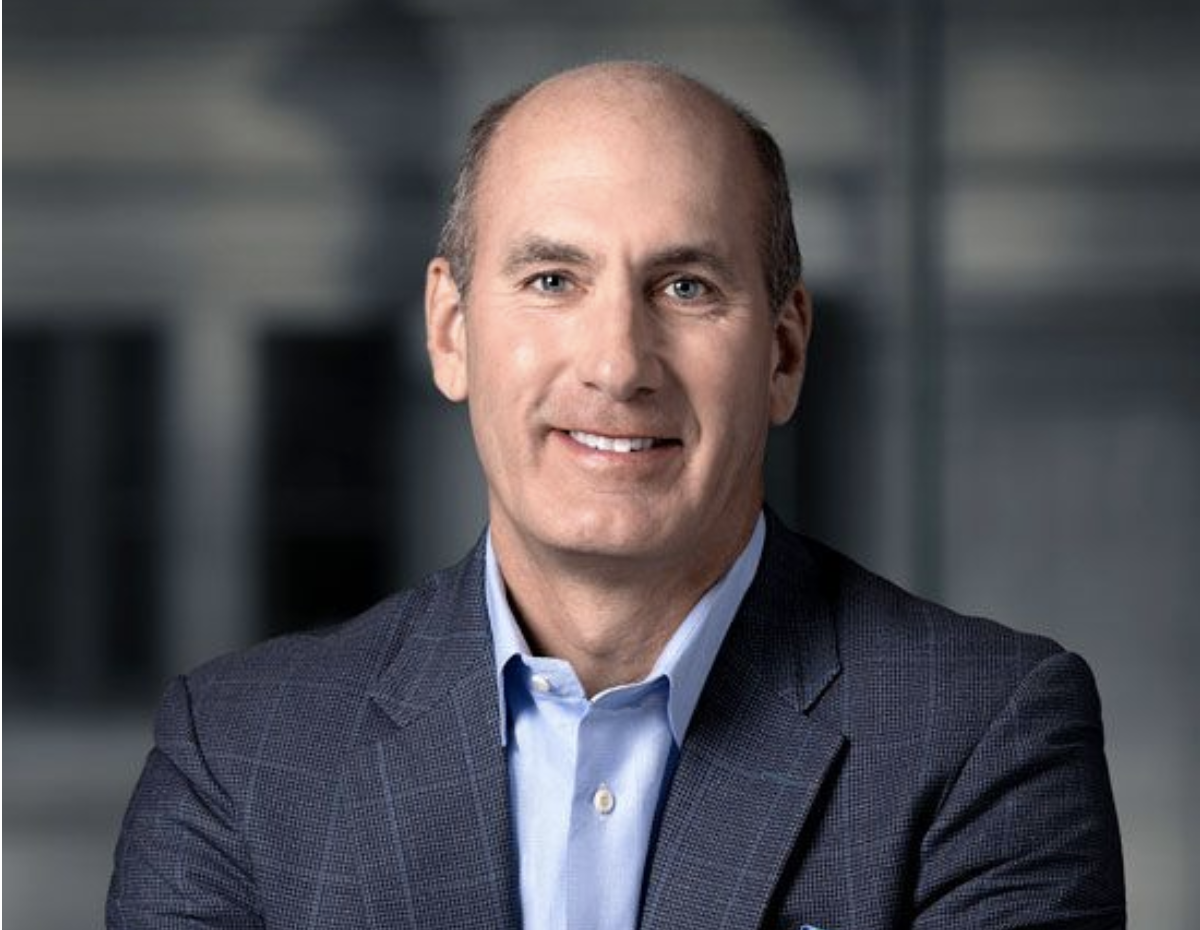AT&T CEO Sees Netflix Price Hike Helping HBO Max Grow
‘We are are no longer the high-priced offer in the market,’ John Stankey says

The price hike announced by Netflix earlier this month should help HBO Max grow, AT&T CEO John Stankey said.
When HBO Max was launched, much was said about its $15 per month monthly fee, which was high for a streaming offering. AT&T, which acquired HBO and its parent company Time Warner, had to match the price cable subscribers were paying for HBO.
Speaking on an AT&T earnings conference call Wednesday, Stankey indicated that the HBO Max pricing strategy is being vindicated.
“We said the market was going to come to us on pricing, and lo and beyond, we are no longer the high-price offer in the market,” said Stankey, who was CEO of WarnerMedia when HBO Max was launched. AT&T is in the process of spinning off WarnerMedia and merging it with Discovery.
With Netflix boosting its top price to $20 a month, “it will allow us to have domestic growth as we move forward.”
Meanwhile, Netflix’s subscriber growth has slowed and its stock price has plunged.
HBO Max also won’t have to worry about antagonizing subscribers by continually raising fees.
“We don’t have the troubles that maybe some other products that came in at very low prices are going to have,” he said.
Broadcasting & Cable Newsletter
The smarter way to stay on top of broadcasting and cable industry. Sign up below
Stankey also said that with its higher price point, HBO Max has been able to start out with a high level of average revenue per subscriber (ARPU), For the fourth quarter, HBO Max’s ARPU was $11.5.
Last year, AT&T launched a lower-priced, ad-supported tier of HBO Max. In addition to having no commercials, the premium tier of HBO Max gave subscribers free streaming access to Warner Bros. movies at the same time they were released in theaters during 2021.
That decision was criticized by theater owners and some directors and actors, but was credited in helping HBO Max grow its subscriber count.
As of the start of the year, HBO Max no longer offers the movies on a day-and-date basis and Stankey said that might lead some customers to choose to go for the ad-supported product who might have gone the the subscription route before.
But that won’t hurt HBO Max financially, Stankey noted.
“The subscription line [on HBO Max’s profit and loss statement] will possibly dilute a bit, but the advertising line will increase,” he said. ”So when you look at the profit, customers overall are no less profitable. [The revenue] just books to two different places on the P&L. We are indifferent as to what the customer chooses, frankly. Maybe in some cases it’s a bit more accretive if they go the ad-supported route.“
Stankey also defended the decision not to sell HBO Max through Amazon Channels, which caused a dip in HBO Max domestic subscribers in the third quarter.
“At the end of the day, you want full control of your customers,” he said. “And I’m confident that with the strength of the [combined HBO Max-Discovery Plus] offer that will be in the market, those customers are all going to come back.”
Stankey said the point of having a direct-to-consumer product was the be able to see how the consumer is using the product and to adjust the product and the marketing.
Working through Amazon put the consumer in a black box, and AT&T had no idea what the customer was doing or how Amazon was aggregating HBO Max’s content.
“There are a lot of entities out there growing quote-unquote, direct-to-consumer customers that are behind the screen of the Amazon Marketplace that really are Amazon’s direct-to-consumer customers,” he said. “They are not the media company‘s direct-to-consumer customers.” ■
Jon has been business editor of Broadcasting+Cable since 2010. He focuses on revenue-generating activities, including advertising and distribution, as well as executive intrigue and merger and acquisition activity. Just about any story is fair game, if a dollar sign can make its way into the article. Before B+C, Jon covered the industry for TVWeek, Cable World, Electronic Media, Advertising Age and The New York Post. A native New Yorker, Jon is hiding in plain sight in the suburbs of Chicago.

